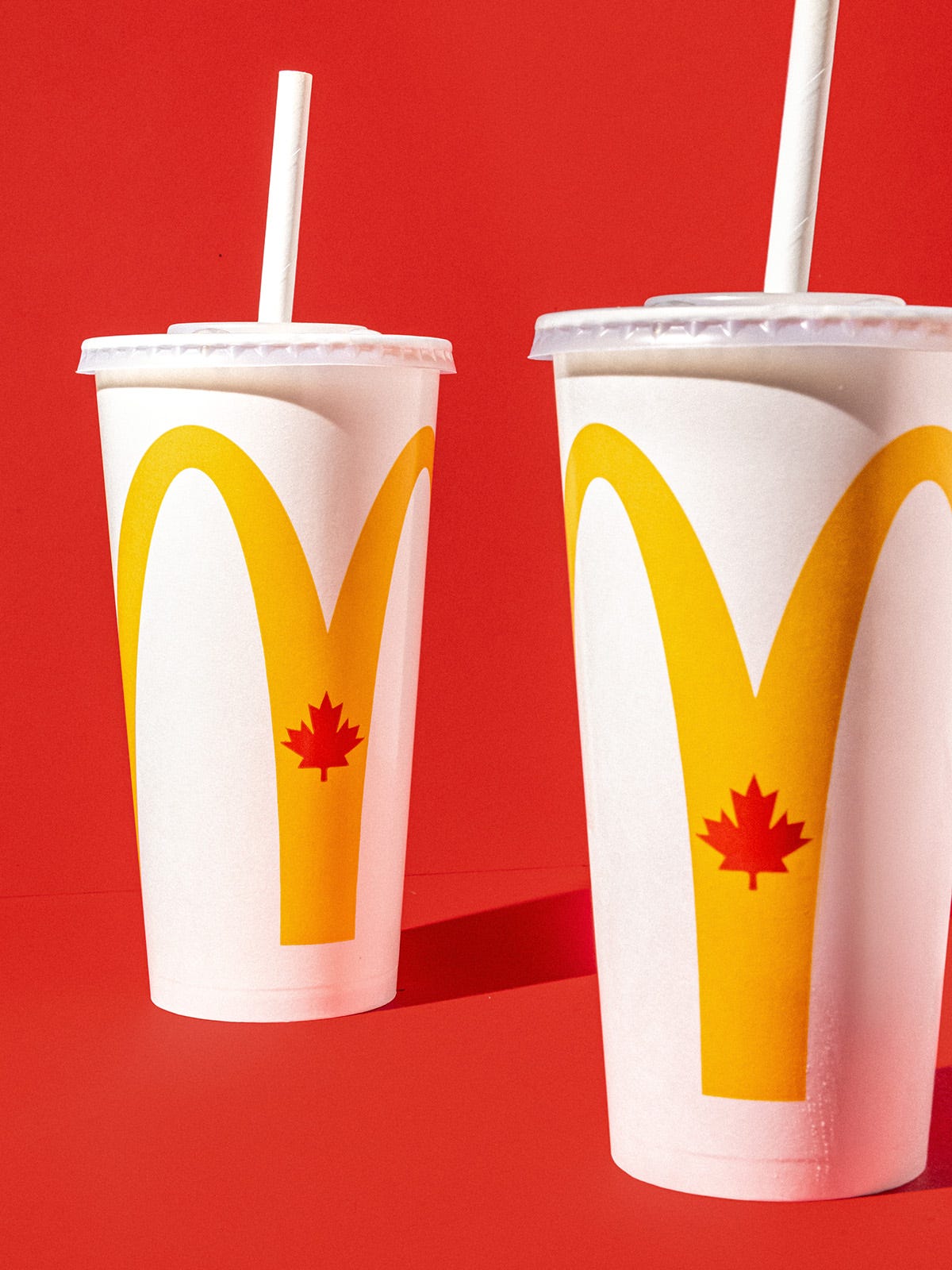How the Olympics—and Canada—helped McDonald’s break through the Iron Curtain
The Canadian franchisee worked for over a decade to secure the puzzle pieces for a grand opening in Moscow
The Olympics! Every four years, representatives from over/under 200 countries and territories gather to compete in a variety of athletic competitions. You know what goes well with peak human physical achievement? Fast food, of course: McDonald’s was the restaurant sponsor of the Olympic games for 41 years, ending right before the 2020 Tokyo Olympics. Now without an official partnership, the brand is left to clever marketing tactics like offering menu items from around the world, including Le Greek Mac, a nod to the origins of the Olympics.

While these items would have made for a decent newsletter, we’re actually here to talk about the first games that McDonald’s sponsored: the 1976 Olympics in Montreal. It was there that a Soviet delegation preparing for the 1980 Moscow Olympics had a chance meeting with George Cohon, the then master franchisee for McDonald’s Canada. After luring the group to one of his restaurants and observing their wide-eyed enthusiasm for the food and environs, Cohon posed the question: Would Russians enjoy going to a McDonald’s in Moscow if one existed? They replied, “Конечно, пойдём” (Of course we’ll go).
Western companies were ill-equipped to do business inside the Soviet Union, as the Soviet ruble could not be exchanged on the international marketplace. Much of the population was used to living in communal quarters and waiting in long lines for sparingly stocked grocery stores. Beginning in 1941, the Soviet government restricted foreign travel, limited visitors to just a few major cities, and controlled the flow of information using its state media services. The Iron Curtain was nearly impenetrable. The prize for any company that could break through the Soviet system to establish a presence was a willing population of over 250 million people ready for a taste of Western culture.

In his biography To Russia with Fries, Cohon claims that his involvement with breaking into the Soviet market happened over a single phone call with McDonald’s then CEO Fred Turner, and that there were no secret American plans to infiltrate the Iron Curtain using a Canadian affiliate. But at the time, McDonald’s International Division managed all overseas expansion and identified the local partners that would run those operations. The idea that the company would allow the high-potential Soviet market to be the Canadian franchisee’s pet project seems to not align with the meticulousness of the foreign franchising process at the time. For context, Steve Barnes, then president of McDonald’s International Division, personally visited forty countries before selecting Japan, the Netherlands, Germany, and Australia as the first foreign markets.
Secret infiltration plans or not, Cohon was the man on the project. After an attempt to supply food for the Moscow Olympics fell through—a blessing in disguise as the sixty-seven countries boycotted the games over the Soviet invasion of Afghanistan, which would have put McDonald’s in a political bind—Cohon spent the next decade navigating the Kremlin bureaucracy to secure the puzzle pieces to operate a McDonald’s inside the Soviet Union. This included a one-hundred-thousand-square-foot plant on the outskirts of Moscow called the McComplex that would process the raw ingredients and convert them into products that they could use at the restaurant—Soviet supply chains were notoriously unreliable, and their meat plants, bakeries, and dairies were not equipped to supply a single restaurant of McDonald’s scale, much less a chain.
The McComplex was essential to Cohon’s plans. In perhaps the largest commitment to localization, Cohon decided that the first Soviet McDonald’s would only accept rubles, the currency carried by the average Muscovite at the time. This was possible because another outlet up the street would accept hard currency—there were already specialty stores in town for well-to-do Soviets and foreigners who earned their salary in American dollars, British pounds, and German marks—and would be able to send a larger percentage of that money outbound if the ruble earnings from the first restaurant could supply both stores.
Once the waves of perestroika under Soviet president Mikhail Gorbachev began to allow Western businesses to set up shop in the Soviet Union, Cohon was already in position to finalize a deal. The original agreement, signed in 1988, stipulated that the McComplex and twenty restaurants in Moscow would be 51 percent owned by Glavobshchepit, the city’s food services agency, and 49 percent by McDonald’s Restaurants of Canada, Ltd.

The opening day of the Pushkin Square McDonald’s was a sensation as thousands lined up for hours to be among the first to try the long forbidden fruits of Western capitalism. The restaurant was the company’s largest in the world at the time, with seating to accommodate up to seven hundred people. After thirty-thousand customers were served on the first day, The New York Times called the restaurant “a triumph of capitalist determination.”
The ultimate symbol of Americana had found its way into the Soviet Union by way of a Canadian Trojan horse, thanks to a connection made at the Olympics.
McAtlas in the news!
The book has gotten such fun press so far. Make sure to check out these great articles and to hit McAtlas.com if you still need to reserve copies of the book.



